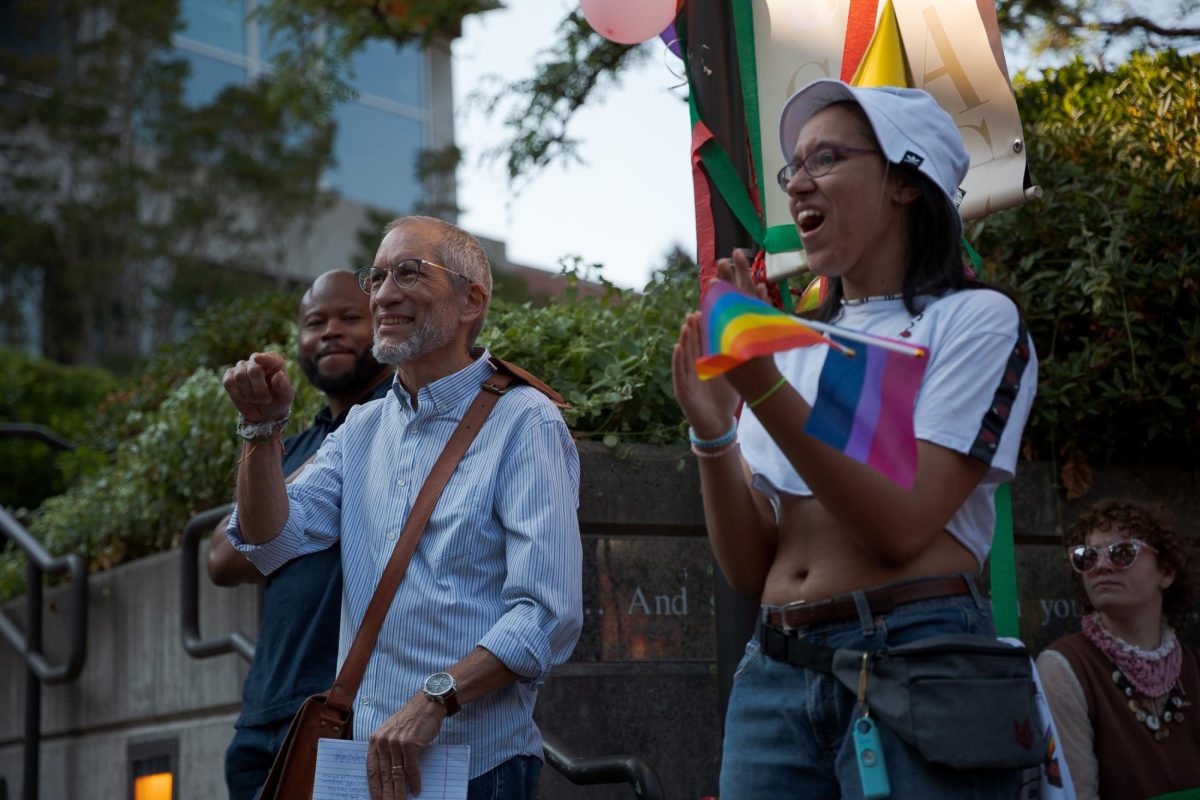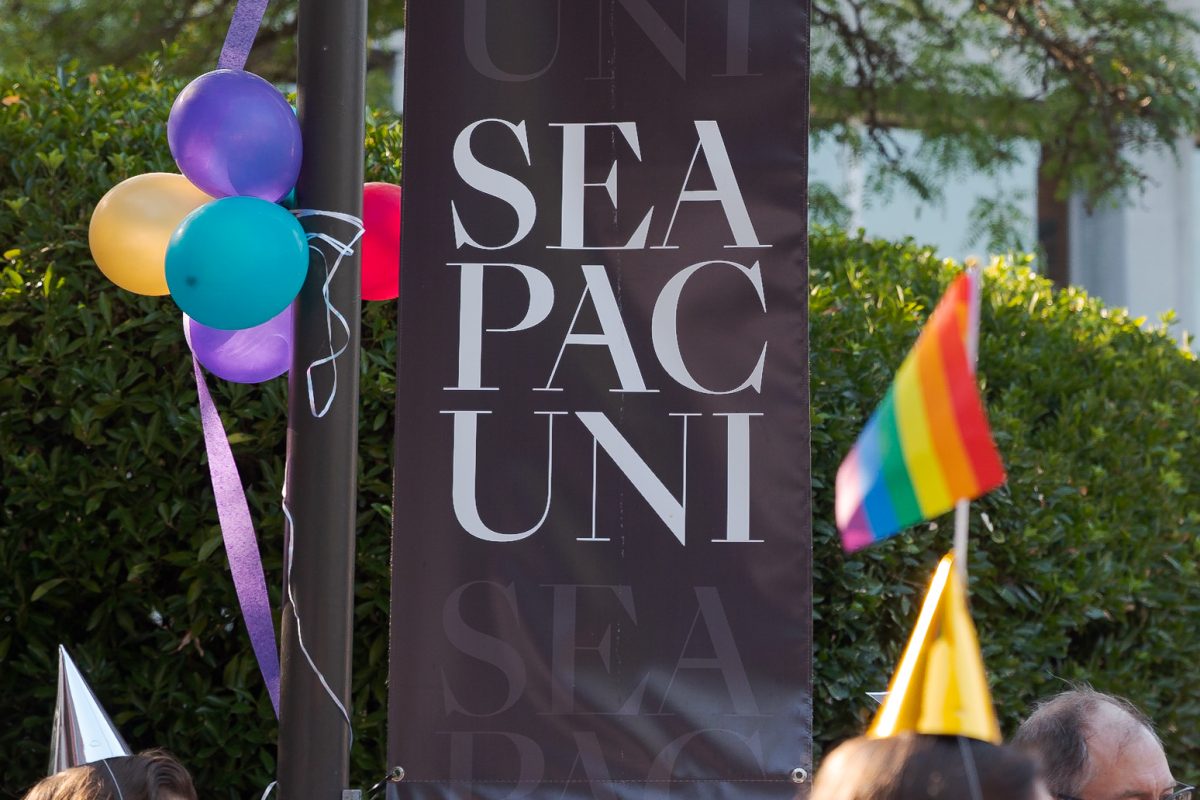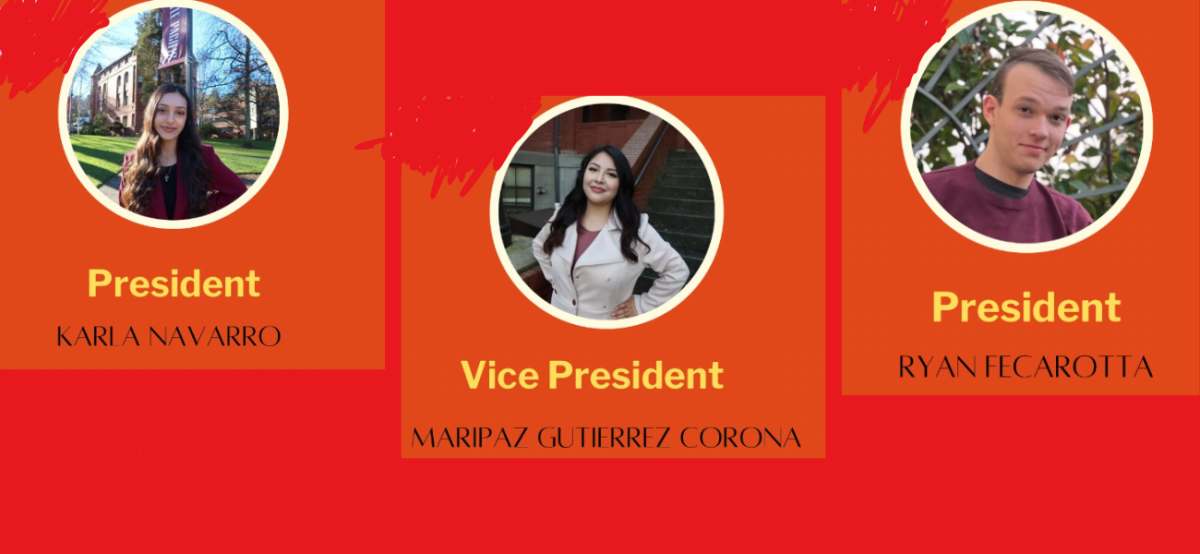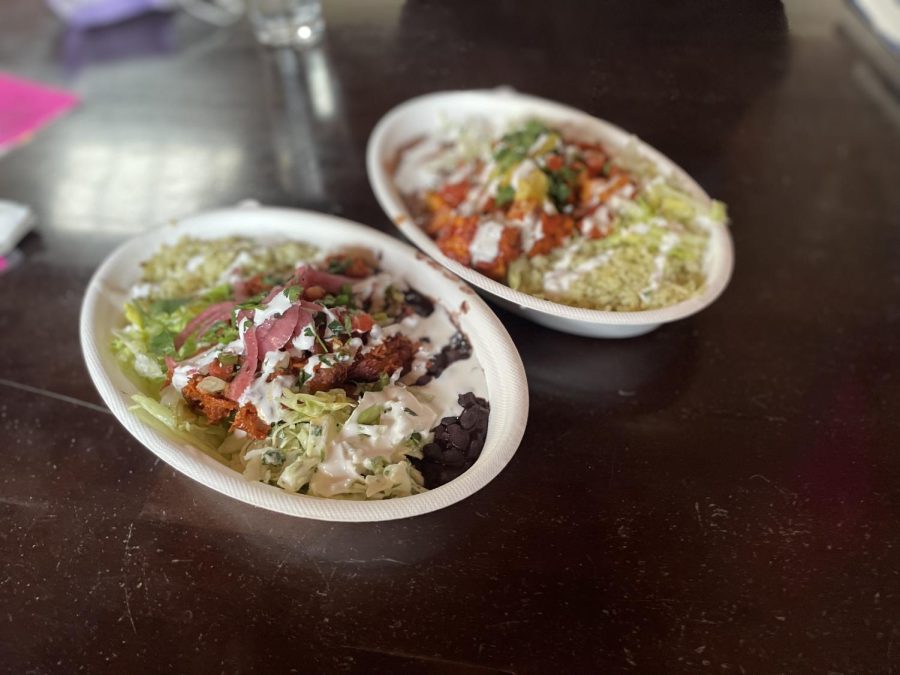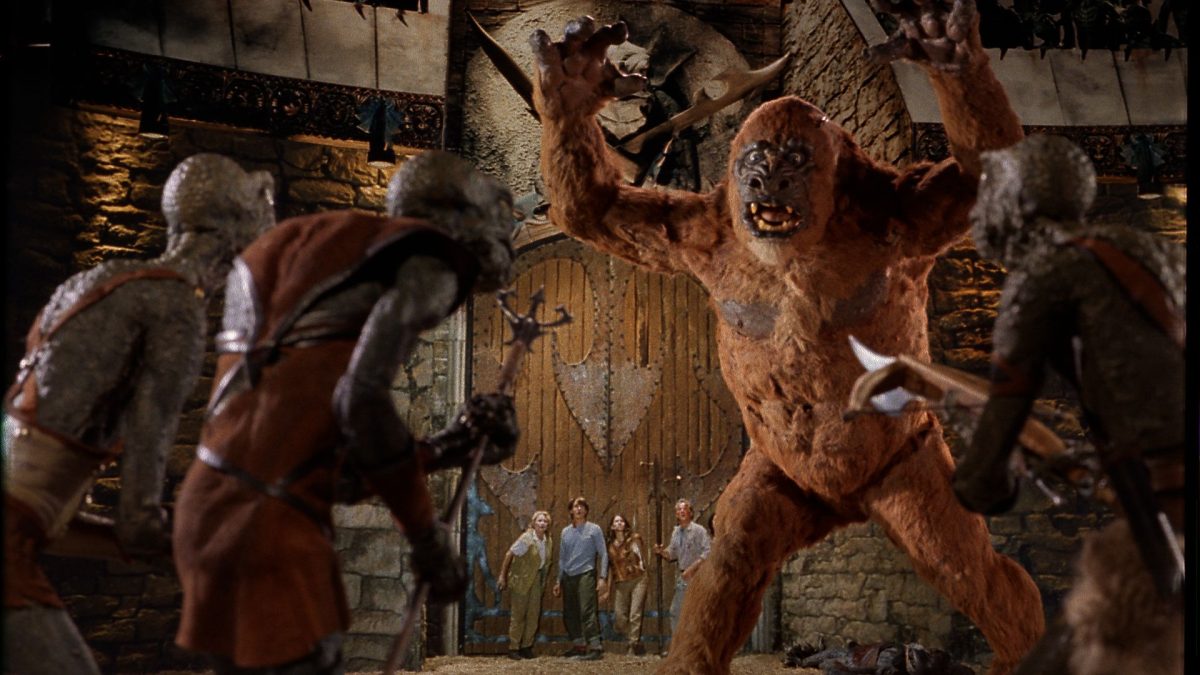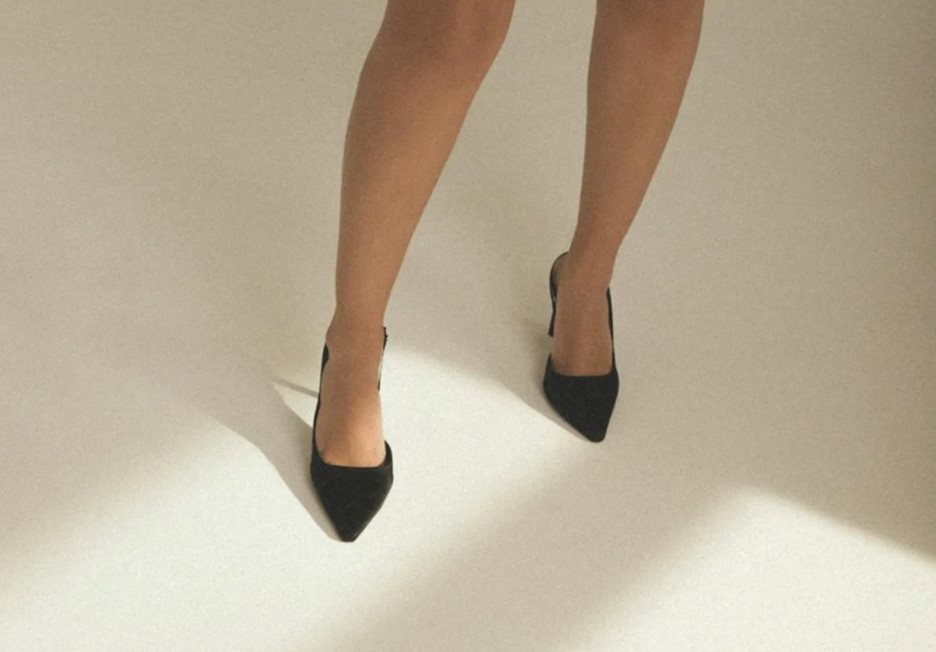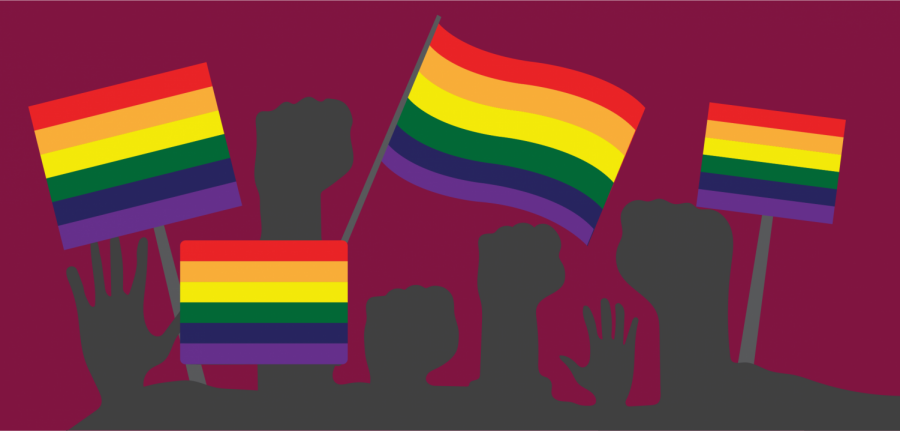Throughout the years, politics has, unconsciously, taken over our closets.
In the stride to be a part of new, radical change, citizens around the world have put their political ideas and beliefs into their clothing. “I’m With Her” reigned over the Hillary Clinton campaign, while the “Hope” that was once printed on a Hanes t-shirt for former President Barack Obama’s campaign slowly became imprinted in our beliefs.
Political expression through fashion isn’t new.
Before Obama swag, there was Reagan, Kerry and Clinton swag, and even before that, designers and social groups used garments to emphasize their movements, enhancing beliefs through the usage of media and sales.
In doing so, political groups and movements have been able to grow and spread, allowing awareness to be created on particular social issues that otherwise have been invisible.
People have taken their own opinions and beliefs and have literally worn them on their sleeves. This has brought more fuel to the fire of action, but has also has created turmoil.
A bypasser on the street can now take one look at a person and create their first, lasting impression of a stranger.
Take President Donald Trump’s slogan, “Make America Great Again,” which not only became an infamously hated phrase throughout the country in its own right, but was also accompanied by a bright, obnoxiously loud, red trucker hat. It quickly became a top seller among those supporting the Trump campaign.
“Fashion statements” have long been around, and it’s no surprise to see them on a continuous rise, as more and more of our nation has become comfortably vocal with their beliefs and differences; we aren’t afraid to break out from the crowd.
Jacob Lars Dempsey, a senior at SPU, stated that he wears a lot of “anti-police” fashion. “It’s personal to me because I’ve witnessed a lot of police violence, but also [similar to] the hardcore scene.”
Black Panther, Women’s Liberation, anti-Vietnam war movements and even your local high school elections show examples of fashionable protesting. The use of personal and political stances in fashion harnesses self-presentation in a nonverbal way of communicating with the world.
In 2016, New York Times writer Vanessa Friedman, after Beyonce’s Superbowl performance, said, “No longer was it enough to simply tell others what you believed; you had to show them, too. And the simplest, most powerful, most public way to do that was via what you wore.”
Clothing has always been a universal way of communicating. While the fashion industry benefits most from neutrality in public display of beliefs, it also greatly increases sales and business when politics intertwine with clothing.
Pyer Moss, a New York fashion label, showcased in their 2016 Spring/Summer collection a feature of slogans from the “Black Lives Matter” movement, which resulted in $120,000 of business sales and increased attraction through the endorsement of media and celebrities.
Politics in fashion doesn’t always have to be about the profit, though. Take last year’s Men’s New York Fashion Week, which showcased a number of designers expressing their distaste for the current political environment.
At the same time as 2017’s show was being prepared for, Trump issued an executive order to ban the entry of citizens from seven Muslim majority states.
This environment has allowed designers to incorporate harsh reality into the fabulous showcase of their work, expressing their beliefs through gestures, written statements on faces, clothing and live performances.
It also helps that through designers and their shows, we begin to see the increased interest in wanting to purchase and participate in the anger, because now, it’s not only fashionable, but also for a good cause.
What are we trying to convey when choosing to participate in the flow of relatable beliefs and opinions? Does buying a brand name logo shirt that might coincide with your personal ideologies really show solidarity in the wave of action? Or are we merely buying into our own personal branding system?
“T-shirts are great, but they don’t change anything, really,” British designer Katharine Hamnett said. “Take constructive action in other areas of your life, just wearing a shirt isn’t actually doing anything.”
It’s a bit of both, in my own opinion.
By purchasing a piece of clothing that relates to your own personal beliefs and moral ideals, you are, in a sense, contributing both to the power of what the slogan or social movement represents, and also bringing the power within yourself to stand up for what you believe.
You become your own individual walking billboard. Not always does it take popular culture, with catchy slogans and brands, to incite interest.
Colors, styles of clothing, motifs of accessories and personal taste can all be acts of creating a fashionable protest for a cause that represents your own beliefs.
“I think wearing your interests and beliefs can sometimes create an immediate foundation for a conversation or friendship,” said Elyse Lankford, visual communication major at SPU.
Lankford first saw feminist pins and patches that were featured in the magazine “The Rookie,” and from there, felt connected to this community. “I didn’t have that in my high school and I started wearing pins and patches … to be a part of that community. The feminist pins and patches I acquired added sass and attitude to my wardrobe that was encouraging.”
Color has been used throughout history as a type of symbolism; a collection of colors can be brought together to create a larger unity in social acts and groups.
Take last Sunday’s Golden Globe Awards, for example, where attendees and celebrities participate in the “Time’s Up” movement, which endorses a unified call for women and men to act out for change in the entertainment business, in response to the recent storm of sexual harassment accusations.
Those among the group stood up to say “no more” to the horrid reality of sexual harassment and abuse within the entertainment business by dressing in all black for the event.
Public figures committed to one color as a large group, creating a wave of awareness and a symbol of respect. Still, some say that it’s simply not enough.
Just last year, a flash mob of 170 people broke out in the middle of New York’s Union Square to demonstrate their support for Clinton; the “power pantsuit” that was collectively worn by each participant, creating a rainbow of pantsuits that took the internet by storm.
Some women who took to Clinton’s campaign began to wear white as their approach to supporting the candidate, and while Clinton, to the shock of many, didn’t win, the color still holds power.
Just like everything else in the 21st century, if doing something raises enough eyebrows and gets debit cards swiping, it can support future success.
Businesses see the potential for profit in taking part of something trending, but also in return open spaces for consumers and designers to release their thoughts to the world.
People want to be a part of something special; to be able to identify with themselves and others. Whether this identification is a slogan printed on t-shirts or wearing a specific color, whether it’s through style or personal intentions, what’s important is that the action happens.







